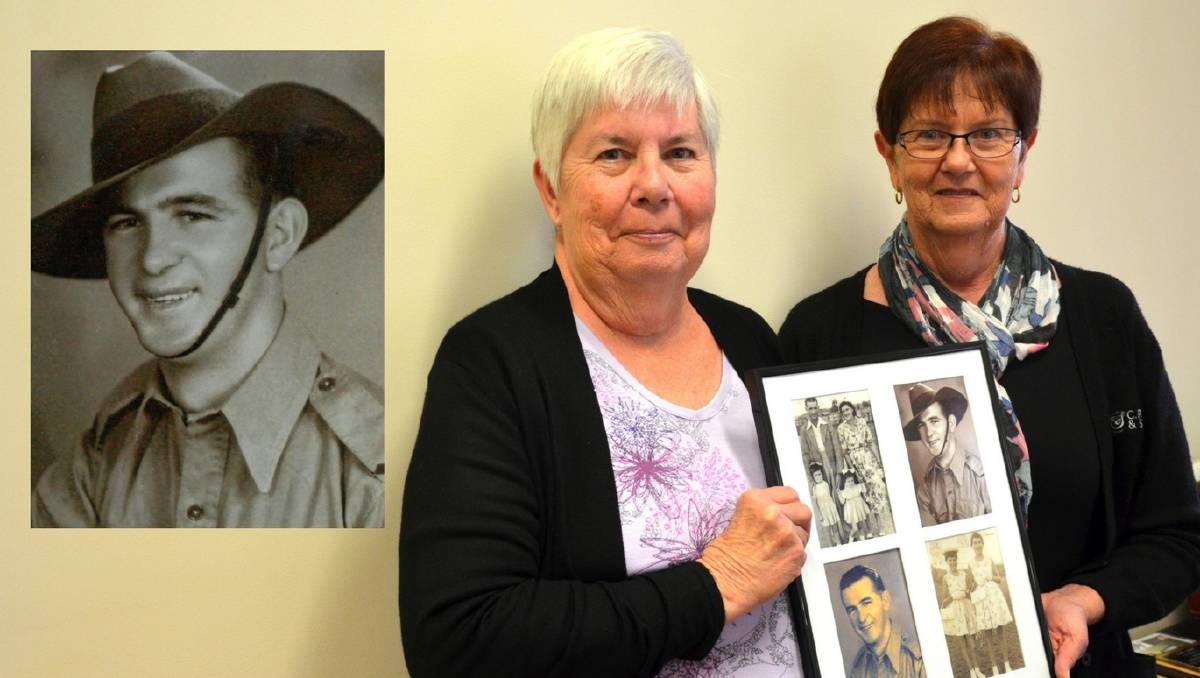
Our region’s coal mines and the wealth they produced came at a serious human cost, with the industry studded with tragic deaths which tore families and communities apart. On 19 July this year two women are remembering the day 60 years ago that an extensive coal fall at Pelaw Main Colliery took the life of their father and changed their family forever.
Pelaw Main Colliery opened on 28 December 1900, the first mine to be opened in the area soon to become famous as the resource-rich South Maitland coalfields. The colliery was known for the production of high quality gas coal which was in demand in Newcastle and Sydney. The mine was socially significant too, as it was the major employer of men in the township of Pelaw Main with the local economy almost completely dependent, in one way or another, on mine-related income.
One of those miners was returned serviceman Kenneth Roderick, 39, who walked to his shifts at the colliery from his home in Gillies Street, Kurri Kurri. He must have been looking forward to the weekend as the night before he’d casually remarked to Violet, his wife of 10 years, “thank heavens tomorrow is Friday”.
The morning of Friday, 19 July 1957 started just like every other, but within a couple of hours Kenneth would be killed by a violent explosion which tore through the Pelaw Main Colliery leaving Violet a widow and their two daughters, nine year-old Marilyn and seven year-old Kathryn, without a father.
Kenneth Roderick and workmate James Grainger were working in an old section of the mine at 9.30am when, unknown to them, there was an extensive fall of coal within the mine. This fall caused a massive blast of air, described by miners later as ‘travelling with the force of a cyclone’, whose impact was so great it threw men to the ground and against the tunnel walls. Witnesses said there was no warning, just a great rush of air, with its ferocity so intense that it knocked miners half a mile further down the tunnel off their feet, lifted pit ponies into the air and filled the mine with thick dust.
James and Kenneth had left the coal face where they were working and were walking a horse pulling three full skips of coal. James stopped while Kenneth went on ahead. Suddenly a breeze blew through the mine and James, knowing this indicated a fall in, became alarmed, jumping for cover as the massive blast roared past him. He couldn’t see for the swirling dust, but kept calling out to his friend – there was no reply.
When the dust cleared he went for help, joining a search party who found Kenneth’s body lying among tons of mangled skips and coal. The force of the blast had thrown him against a steel stanchion post, severely fracturing his skull and neck and killing him immediately.
Outside the mine the emergency siren wailed, its dreadful sound heard throughout Pelaw Main. Relatives of miners ran to the colliery, urgently seeking news of their loved ones underground. Doctors and ambulances came from Cessnock and Kurri Kurri, with three ambulances running a shuttle service from the mine to Kurri Kurri hospital. Twenty miners were injured, with nine hospitalised for back injuries and fractures. One of the injured was Kenneth’s older brother, Claude.
An enquiry into the colliery blast by Kurri Kurri Coroner, R. G. Rice, ruled that Kenneth Roderick’s death was an accident and was part of the inherent dangers of the coal mining industry. He concluded “It is disquieting to laymen that miners work under such conditions, but the miners themselves have come to accept accidents such as this as hazards of their calling.”
Jim Comerford, Northern President of the Miners Federation, hit back “The experiences of miners has taught them that it is not the men themselves, but the [mine] owners who regard such accidents as hazards of the miners’ calling. The miners, by many industrial struggles on safety issues have shown their belief that such accidents are certainly not inevitable, but could be avoided by proper care.”
Three and a half years later, in early 1961, the Pelaw Main Colliery closed. Just as it has been the first mine opened on the coalfields, it became the last operating contract mine, with only Richmond Main colliery left on the Kurri Kurri field. In its lifetime the industry would claim many lives, including Kenneth Roderick’s.